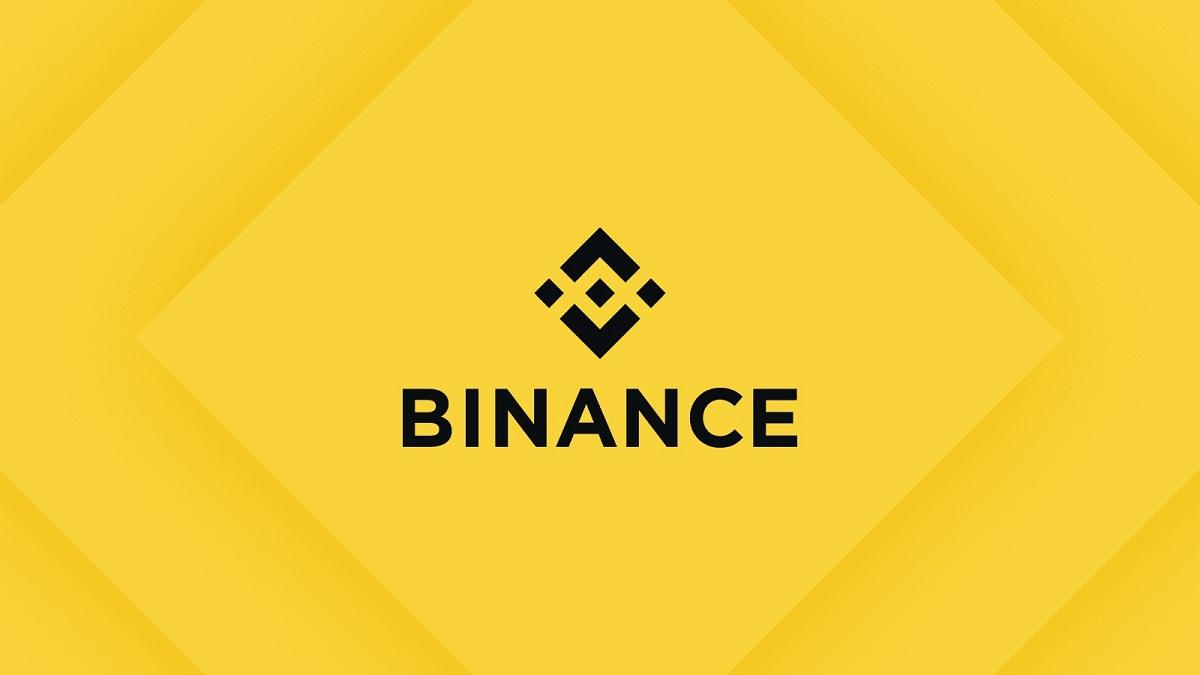
Binance introduced two new features: Locked addresses and concentration index, designed to give its customers more visibility in contract dynamics and potential variability risks.
- Locked Addresses: Cleanly ideas in traffic offer
Many encryption projects choose to lock part of their brands for strategic reasons, such as encouraging the long -term commitment by team members, investors or community. These brands are held in locked addresses and remain inaccessible until a predetermined period of “registration” is over.
Binance’s new locked directions makes these important offerings visible directly on the Binance platform. Users can now verify if part of a project’s contract offer is indeed locked, monitoring how much it is involved and factor in their commercial decisions.
Project circulation is one of the most fundamental inputs in understanding price dynamics. With the surface of the locked address information, Binance allows users to separate circulating brands from those that are inaccessible, helping to avoid misinterpretations of the market ceiling or liquidity.
Binance’s customers will find this information heading to the tab information tab and hovering over the offer. From there, you can consider how much locked addresses are related to the overall contract distribution.
- Concentration Index: A signal for the risk of volatility
If some holders control most of the supply, the risk of sudden price movements may be much higher. But so far, there has been no easy way to measure this concentration in one place.
With Binance’s new concentration indicator, users receive a snapshot of how widely distributed the ownership of a distinctive, using a weighted medium type that records the concentration both inside and outside the binance platform.
Binance combines and normalizes these entrances to a score of 0-100. A higher score means higher concentration, indicating that a small number of holders may have an oversized effect on the price of the symbolic, while a lower score indicates a broader distribution and possibly the risk of lower variability.
Users can see the score and use it as one of the various factors to make their investment decisions. This is not the forecast of the future, but to give users a better sense of the landscape they navigate.

